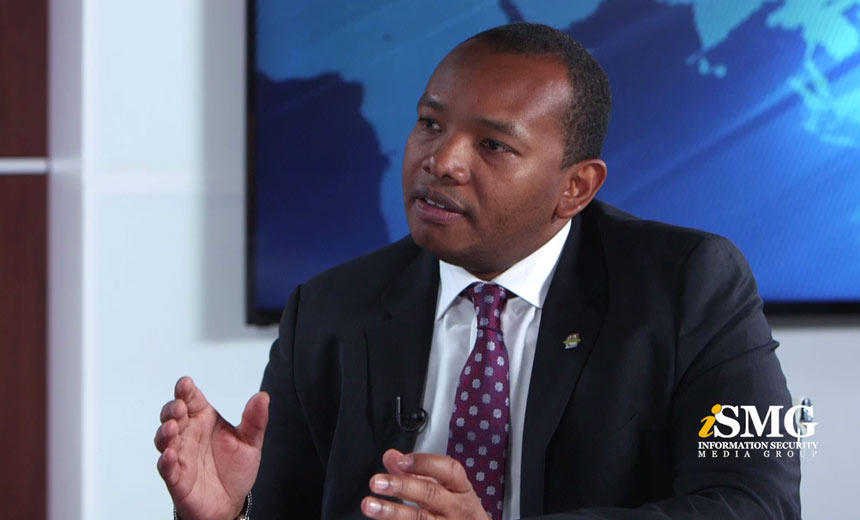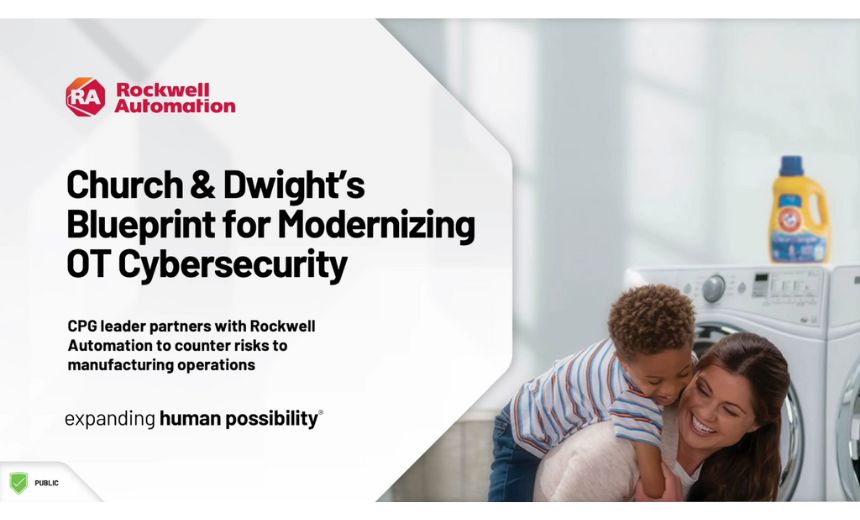Fraud Management & Cybercrime , Governance & Risk Management , Video
4 steps Toward Advancing Your Threat Intelligence Program
BrightPoint's Nigam on How to Leverage Predictive AnalyticsOrganizations are drowning in data. Among the top challenges facing security leaders is turning that deluge of information into threat intelligence. To successfully make that conversion, companies must identify and remediate the potential threats in their environments, says Ajay Nigam, senior vice president of products at BrightPoint Security.
See Also: OnDemand | The Evolution from DAST to IAST: Take AppSec Testing to the Next Level
In a video interview recorded at Information Security Media Group's 2015 Data Breach Prevention & Response Summit New York, Nigam delineates the four primary tools and skills needed to establish an actionable threat intelligence plan.
"Look at [your] feed and find the indicators...present in your environment, for example, in your SIEM, your endpoint protection platforms," Nigam says. "Then you bring that enrichment information to understand the behavior of these threat factors. Once you understand that, that gives you the baseline to take necessary action [against] the threat that is building in your environment."
In this interview, Nigam also discusses:
- How automation works to provide the context necessary to predict potential threats;
- How evidence-based analytics improve employee productivity and overall risk posture; and
- How BrightPoint's Threat Intelligence Platform helps companies identify indicators of compromise in their overall environment.
As senior vice president, products at BrightPoint Security, Nigam is responsible for developing product strategy and evangelizing BrightPoint's Sentinel Threat Intelligence Platform. Prior to joining BrightPoint, Nigam served as chief product officer for both CipherCloud and Marble Security and held senior positions at Symantec and VeriSign. He is a fellow for the Indian Institute of Telecom Engineers (FIETE) and the founding Co-Chair of O-Auth.





















